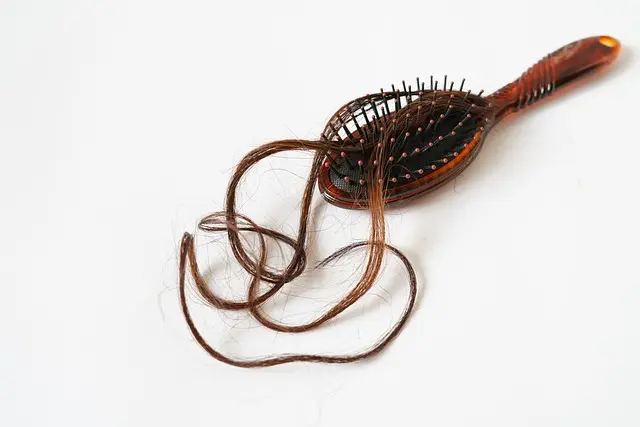Understanding Male Hair Loss
Male hair loss, also known as androgenetic alopecia, is a common condition that affects millions of men worldwide. It is characterized by progressive thinning and shedding of hair, typically starting at the temples and crown of the head. While hair loss is a natural part of the aging process, for some men, it can occur at a much faster rate and lead to significant balding. The psychological impact of hair loss can be devastating, causing a loss of self-confidence and self-esteem.
Causes of Male Hair Loss
Several factors contribute to male hair loss, including genetics, hormonal imbalances, aging, and certain medical conditions. The most common cause of male pattern baldness is a genetic predisposition, with a hormone called dihydrotestosterone (DHT) playing a key role. DHT can cause hair follicles to shrink, leading to thinner and weaker hair over time. Other factors such as stress, poor nutrition, and scalp infections can also contribute to hair loss.
Treatment Options for Male Hair Loss
There are various treatment options available for male hair loss, ranging from over-the-counter products to surgical procedures. It is important to consult with a dermatologist or hair specialist to determine the most effective treatment for your specific type of hair loss. Some common treatment options include:
Topical Treatments
There are several topical treatments available that can help slow down or prevent further hair loss. Minoxidil, commonly known as Rogaine, is a popular over-the-counter topical solution that has been shown to promote hair regrowth in some men. Another option is using shampoos and conditioners that contain ingredients such as ketoconazole, which can help reduce inflammation and improve hair growth.
Oral Medications
Finasteride, also known as Propecia, is an oral medication that works by reducing the levels of DHT in the scalp, thereby slowing down hair loss and promoting hair regrowth. It is important to note that finasteride may have potential side effects, and it is crucial to discuss the risks and benefits with a healthcare provider before starting this treatment.
Hair Transplant Surgery
For men with more advanced hair loss, hair transplant surgery can be a viable option. This procedure involves taking hair follicles from areas of the scalp that are resistant to DHT and implanting them into areas with thinning or balding hair. While hair transplant surgery can be an effective and permanent solution for hair loss, it is important to consult with a qualified surgeon to determine if you are a suitable candidate for the procedure.
Low-Level Laser Therapy
Low-level laser therapy is a non-invasive treatment option that uses red light to stimulate hair follicles and promote hair growth. This therapy can be administered through laser combs, helmets, or in-office treatments. While the effectiveness of low-level laser therapy for hair loss is still being studied, some men have reported positive results in improving hair density and thickness.
Platelet-Rich Plasma (PRP) Therapy
PRP therapy involves injecting a concentrated form of the patient's own blood plasma into the scalp to stimulate hair follicles and promote hair regrowth. This treatment has gained popularity in recent years as a natural and effective option for male hair loss. While more research is needed to fully understand the long-term effects of PRP therapy, many men have experienced significant improvement in their hair density and quality.
Lifestyle Changes
In addition to medical treatments, making certain lifestyle changes can also help improve the health and appearance of your hair. Eating a balanced diet rich in vitamins and minerals, reducing stress, and avoiding damaging hair practices such as excessive heat styling or tight hairstyles can all contribute to maintaining healthy hair.
Embracing Male Hair Loss
While there are several treatment options available for male hair loss, it is important to remember that hair loss is a natural part of the aging process for many men. If you decide to pursue treatment, it is essential to have realistic expectations and understand that regaining hair density and thickness may take time and require ongoing maintenance. Regardless of the treatment approach you choose, it is crucial to prioritize your overall well-being and embrace your natural appearance, whether that includes a full head of hair or a balding scalp.
Conclusion
Male hair loss can have a profound impact on a man's self-esteem and confidence. Fortunately, there are numerous treatment options available to address male pattern baldness, ranging from topical treatments and oral medications to surgical procedures and natural therapies. By consulting with a healthcare provider and exploring the various treatment options, men can regain their hair and confidence, leading to a more positive outlook on their appearance and overall well-being.

